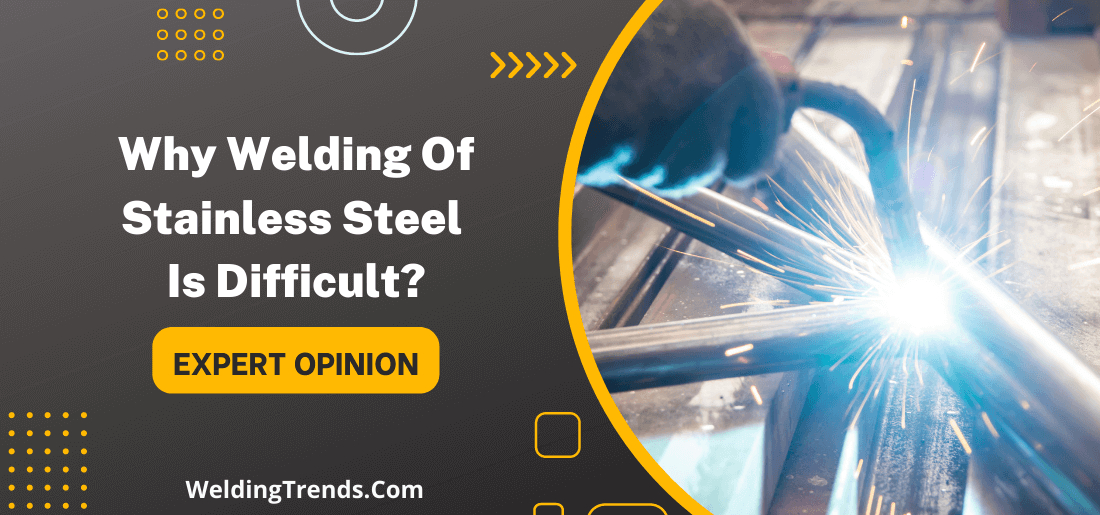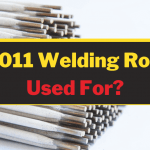Welders are always looking for ways to prevent porosity in their work. Porosity is a common issue that can cause defects in the weld and reduce its strength.
In welding, it is important to achieve the best possible welds. This means preventing any defects, such as porosity. In welding, porosity is often a problem. It can lead to weld failures and other issues. Porosity can be caused by some factors, such as the type of welding process used or the material being welded.
In this blog post, we will discuss how to prevent porosity in welding and some tips for achieving successful welds.
What is porosity and why does it occur in welding?
Porosity is a common welding defect that occurs when gas bubbles are trapped in the weld metal. These gas bubbles can be caused by several factors, such as improper welding techniques, contaminated welding materials, or external contamination. Porosity can weaken the weld and cause it to fail.
6 Ways prevent porosity in Your welds (preparation & technique)
There are several ways to prevent porosity in welding. Proper preparation and welding techniques are the most important factors.
- Use clean and dry welding materials: Any contamination, such as rust, oil, or dirt, can cause porosity.
- Remove any rust or scale from the metal before welding: This can be done with a wire brush or grinder.
- Use the correct welding process for the material being welded: Each type of welding process has its advantages and disadvantages. Some processes are more likely to cause porosity than others.
- Follow the recommended guidelines for the welding process being used: This includes proper electrode selection, current, and travel speed.
- Weld in short, continuous segments: This will help to prevent excessive heat input, which can cause porosity.
- Use welding shielding gas: This gas protects the weld from contamination and helps to prevent porosity.
By following these simple tips and tricks, you can help to prevent porosity in welding and achieve successful welds with the best results.
consequences of porosity in welding and how to fix them?
The consequences of porosity in welding are reduced weld strength and increased risk of weld failure. Porosity can also cause the weld to be visually unappealing.
In some cases, porosity can be fixed by rewelding the affected area. However, it is often difficult to fix porosity without causing other defects.
Porosity is a common welding defect that can reduce the strength of the weld and cause it to fail. It is important to take steps to prevent porosity, such as using clean, dry welding materials and following the recommended guidelines for the welding process being used.
If porosity does occur, it is often difficult to fix without causing other defects.
1. Use clean and dry welding materials
Any contamination of your welding materials can cause porosity in your weld. To prevent this, make sure to use clean, dry welding materials. You can remove any rust or scale from the metal before welding with a wire brush or grinder.
2. Use the correct welding process
While every welding process has aspects that make it ideal for certain projects, each one also comes with unique drawbacks. Some methods are more likely to create tiny holes or porosity. Follow the recommended guidelines for the welding process being used to help prevent this issue.
3. Use welding shielding gas
Using welding shielding gas can help protect the weld from contamination and prevent porosity.
If you do end up with porosity in your weld, it is often difficult to fix without causing other defects. However, in some cases, you may be able to re-weld the affected area.
FAQs – Prevent Porosity Welding
How do you measure porosity?
There are a few ways to measure porosity in welding, but the most common is by using a microscope. To do this, you will need to take a cross-section of the weld and then examine it under magnification.
You can also use other methods, such as X-ray or ultrasonic testing but these methods are not as common.
Measuring porosity is important because it can help you to determine the cause of the problem and find a solution. Porosity can weaken the weld and cause it to fail, so it is important to take steps to prevent it.
How can we avoid casting defects?
There are 3 ways to avoid casting defects:
- Use high-quality materials: Using high-quality materials is one of the best ways to prevent casting defects. Make sure to use materials that meet the specifications for your project.
- Use the right mold: Using the right mold is essential for creating a high-quality cast. Make sure to choose a mold that is the correct size and shape for your project.
- Follow the manufacturer’s instructions: When using a mold, make sure to follow the manufacturer’s instructions. This will help you to avoid mistakes that could lead to defects.
Casting defects can cause problems with the function and appearance of your castings.
How much porosity is acceptable in a weld?
The amount of porosity that is acceptable in a weld depends on the application. For critical applications, such as those in the aerospace industry, porosity is not tolerated.
For other applications, such as welding for general fabrication, a certain amount of porosity is usually acceptable.
Porosity can weaken the weld and cause it to fail, so it is important to take steps to prevent it. If you do end up with porosity in your weld, make sure to fix it so that it meets the requirements for your application.
Wrap Up
Welders use a variety of techniques to prevent and reduce the amount of porosity in their welds. By following the proper welding procedure and using the correct welding equipment, you can prevent porosity in your welds.
Make sure to use a filler metal that is compatible with the base metals, preheat the materials to be welded, and use a shielding gas appropriate for the type of welding you are doing. If you take these precautions, your welds will be strong and free of defects.




